DIR provides fundamental knowledge about the nature and behavior of living systems through basic, clinical, and population-based research. Scroll through the following slideshow to learn about select scientific advances from each affinity group.
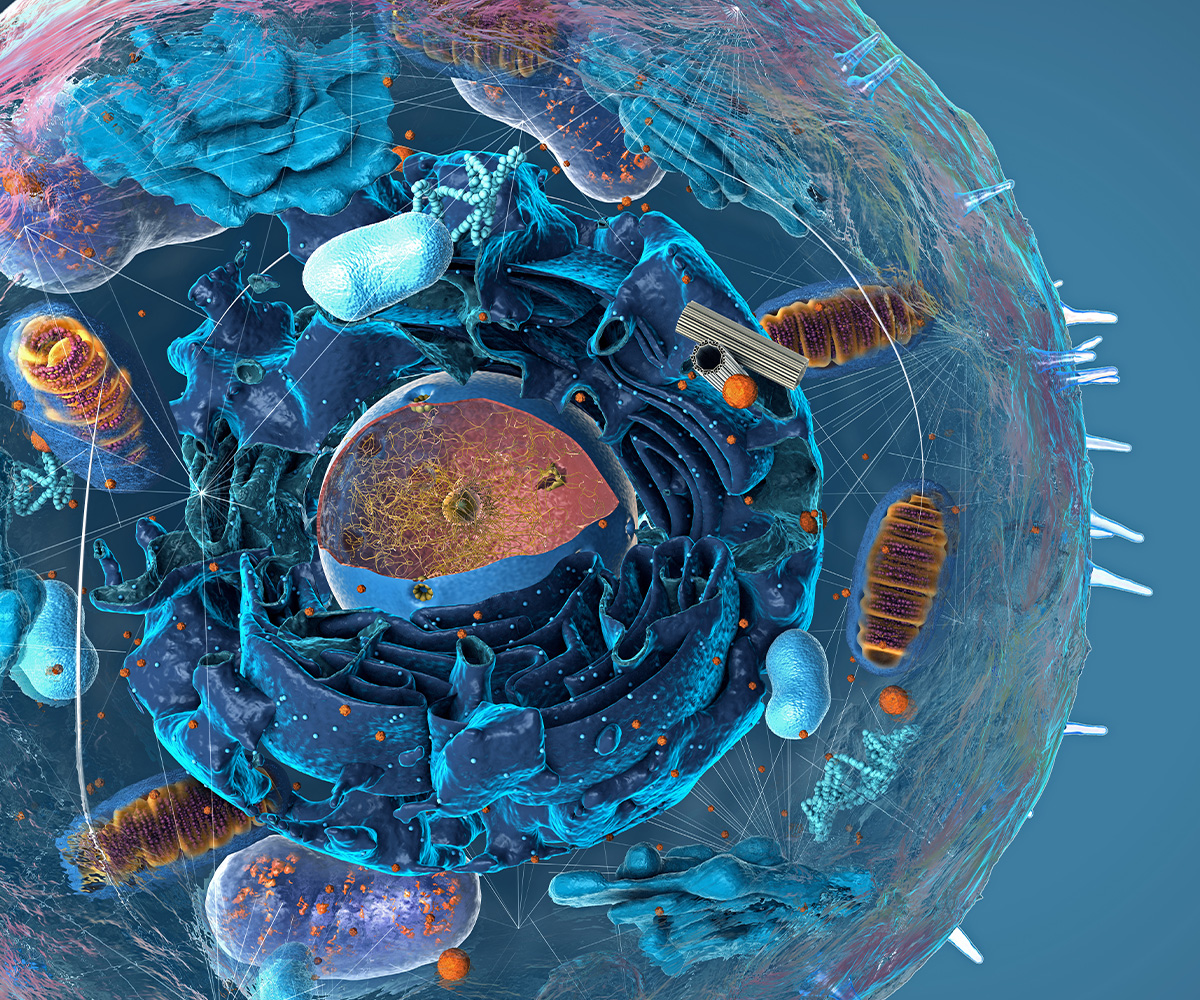
Understanding the Regulation of Cellular Metabolism
Lysosomes are involved in cellular metabolism and are often dysregulated in a variety of diseases. Understanding the mechanisms underlying lysosome regulation can aid in the discovery of potential therapeutics for a variety of conditions. Learn about work from the Lilly Lab on a regulator called GATOR2.
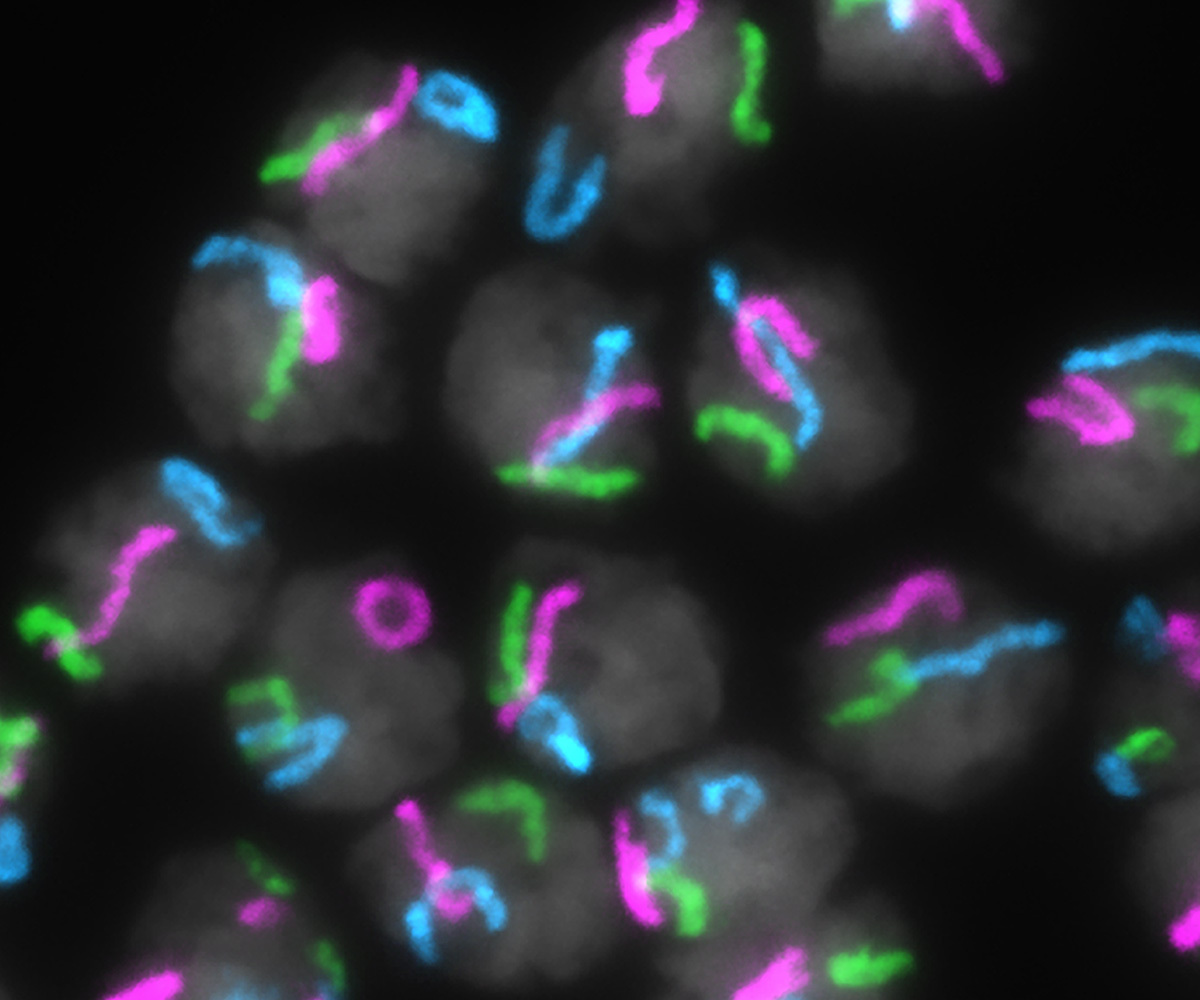
Solving the Mysteries Underlying Meiosis
During the creation of egg or sperm cells—a specialized cell division called meiosis—homologous chromosome pairs need to find each other for genetic recombination before the cell divides. Learn about work from the Rosin Lab on how this process is regulated.
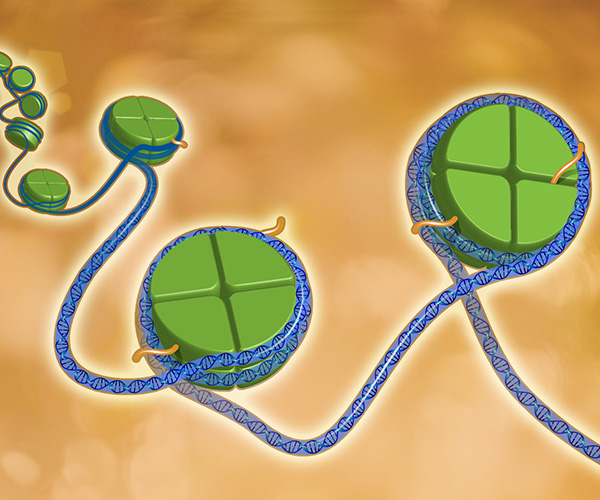
Elucidating Epigenetic Causes of Overgrowth Syndromes
Studying overgrowth disorders, in which various tissues and organs grow too large, provides insights into the mechanisms that regulate body size. Learn about how work from the Baron Lab and others improves understanding of the epigenetic factors involved in regulating growth.

Highlighting the Effects of Neighborhoods on Child Development
Social determinants of health refer to environmental factors that can impact a child or person’s long-term health and trajectory. Learn about work from the Epidemiology Branch on how neighborhood quality influences child development.

Developing a More Accurate Method for Bone Analysis
NICHD researchers strive to understand the molecular mechanisms underlying skeletal disorders. Learn about a new bone analysis technique developed by the Leikin Lab.

Exploring the Development of Adrenal Tumors
People with congenital adrenal hyperplasia (CAH) can develop a type of tumor called adrenal myelolipoma. Learn about work from the Merke Lab on how inflammation and hormones play a role in the development of these tumors.
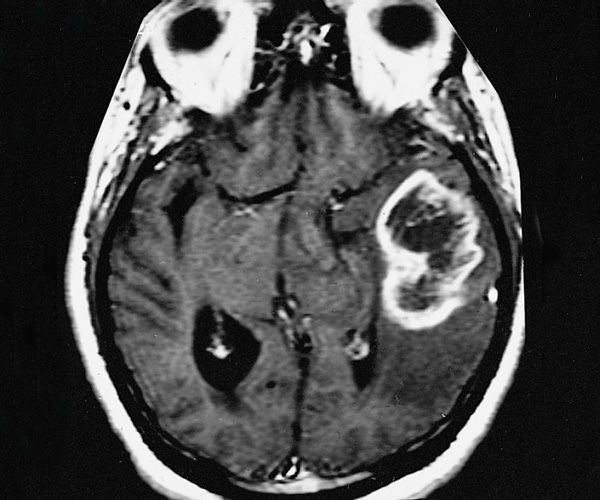
Unraveling the Effects of a Noninvasive Brain Cancer Therapy
Therapy based on alternating electric fields is an option for treating glioblastoma multiforme (GBM), an aggressive brain tumor, but relatively little is known about how the treatment works. Learn about work from the Basser Lab to understand the effects of electric fields on GBM cells.

Understanding Epigenetic Regulation of Interneuron Development
Inhibitory interneurons play critical roles in all aspects of brain function, and perturbation of interneuron function is associated with a variety of neurological and psychiatric disorders including epilepsy, schizophrenia and autism. Learn about work from the Petros Lab describing how loss of the methyltransferase Ezh2 alters interneuron fate, maturation and function.
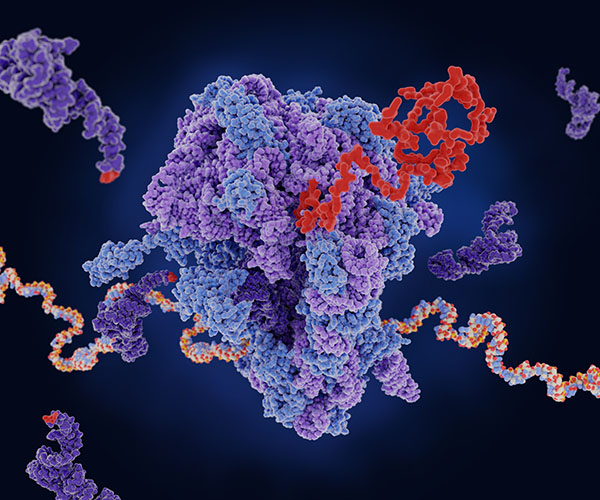
Clarifying the Roles of Auxiliary Translation Initiation Factors
In conditions of stress, different cellular initiation factors help start the process of reading messenger RNA to build new proteins necessary for a stress response. Read about work from the Hinnebusch Lab to clarify the role of the non-standard initiation factor eIF2A in response to amino acid starvation.

Understanding Eating Behaviors During Twin Pregnancies
Being pregnant with twins requires more energy and nutrients than carrying a single pregnancy, but there have been few studies on dietary intake during twin pregnancies. Read about work from the Division of Population Health Research to understand how and when women with a twin pregnancy may change their diets.
 BACK TO TOP
BACK TO TOP